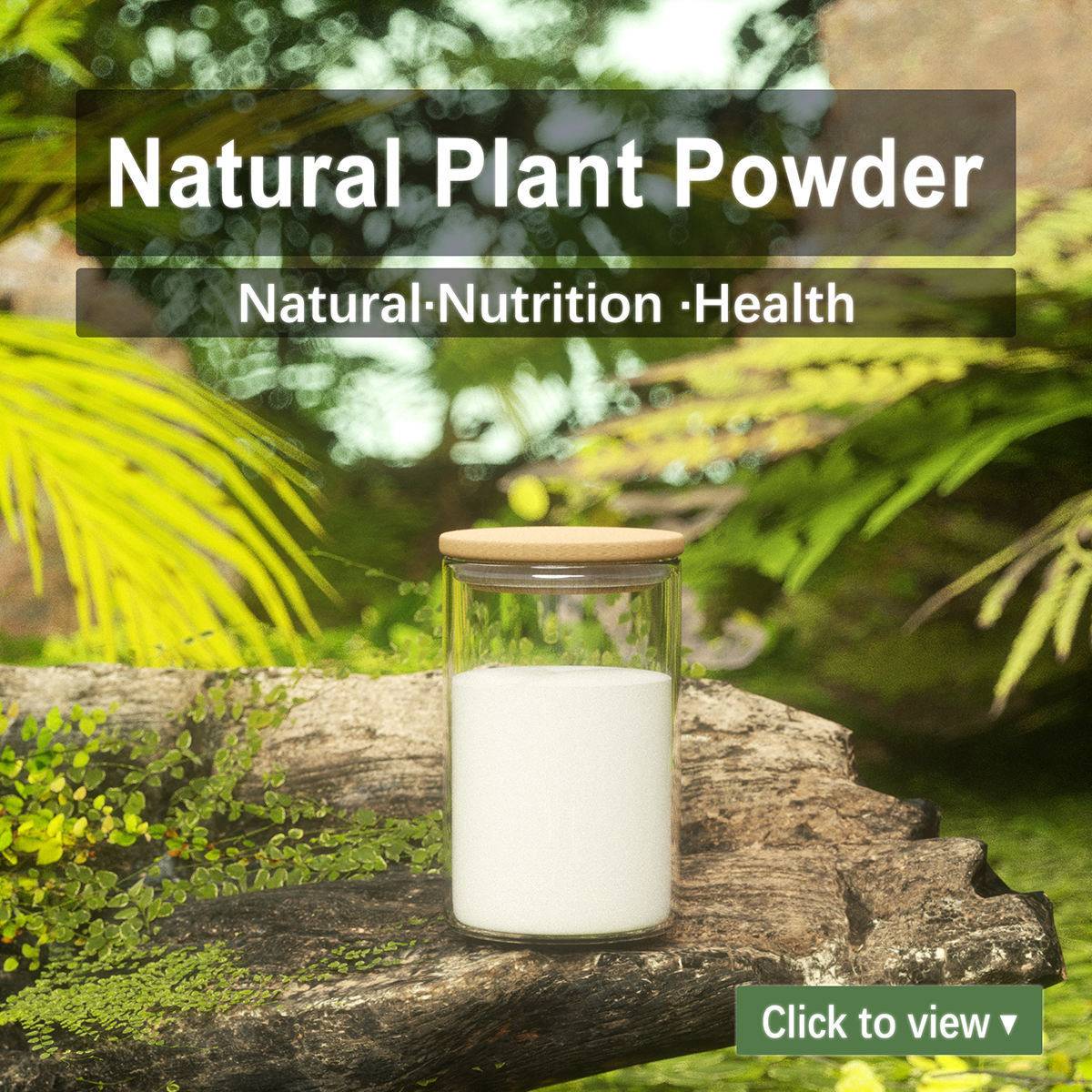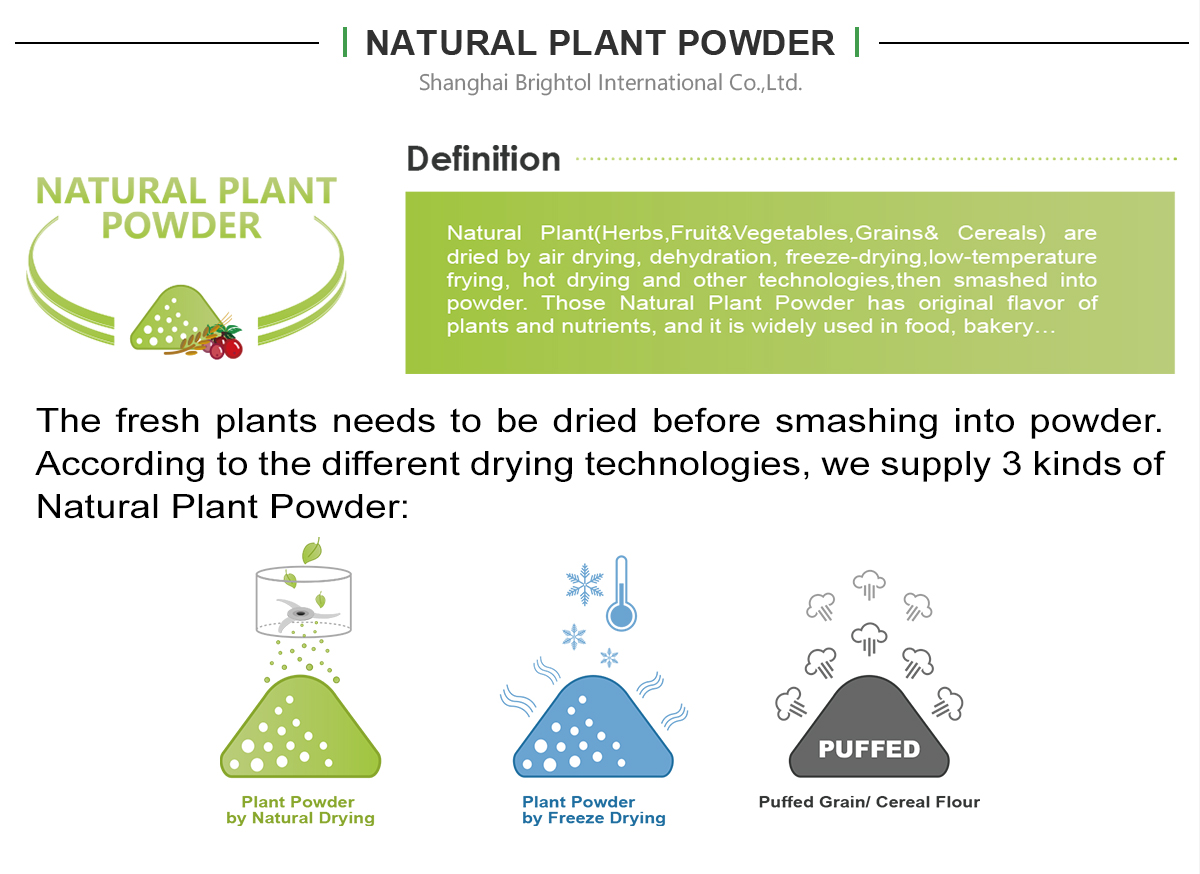

Description
Spicebush is a medium-sized deciduous, multiple-stemmed twiggy shrub that grows about 5 m tall. The plant is found growing in rich deciduous woodlands, wooded bluffs, bottomland forests along rivers, wooded slopes (usually toward the bottom), gravelly seeps in shaded areas, stream banks, low woods, margins of wetlands and uplands. It prefers fertile loamy soil with decaying organic matter. It is adaptable to cultivation in yards and gardens. The plant has woody roots that are shallow and much branched. Stem has greenish tan with light colored lenticles. Bark is brown, shiny, and sparsely covered with small white lenticels. Slender branchlets are shiny and brown; their lenticels are white, dot-like, and insignificant.

 Description
Description
Spicebush is a medium-sized deciduous, multiple-stemmed twiggy shrub that grows about 5 m tall. The plant is found growing in rich deciduous woodlands, wooded bluffs, bottomland forests along rivers, wooded slopes (usually toward the bottom), gravelly seeps in shaded areas, stream banks, low woods, margins of wetlands and uplands. It prefers fertile loamy soil with decaying organic matter. It is adaptable to cultivation in yards and gardens. The plant has woody roots that are shallow and much branched. Stem has greenish tan with light colored lenticles. Bark is brown, shiny, and sparsely covered with small white lenticels. Slender branchlets are shiny and brown; their lenticels are white, dot-like, and insignificant.
Uses and Benefits
1. Spice bush has a wide range of uses as a household remedy, especially in the treatment of colds, dysentery and intestinal parasites.
2. Bark is aromatic, astringent, diaphoretic, febrifuge, stimulant and tonic.
3. It is used in the treatment of coughs and colds.
4. Bark can be harvested at any time of the year and is used fresh or dried.
5. Oil from the fruits has been used in the treatment of bruises and rheumatism.
6. Tea made from the twigs was a household remedy for colds, fevers, worms and colic.
7. Steam bath of the twigs is used to cause perspiration in order to ease aches and pains in the body.
8. Bark is diaphoretic and vermifuge.
9. It was once widely used as a treatment for typhoid fevers and other forms of fevers.
10. Native Americans also used spicebush to combat intestinal parasites.
11. Drinking a tea prepared by brewing spicebush twigs effectively helped to provide relief from fever, colds, gas and colic as well as eliminate worms.
12. Tea prepared with the bark of spicebush not only helped to force out worms from the body, but was also found to be an effective cure for typhoid fever.
13. It is also effective as a diaphoretic and helped to treat other types of fevers by promoting perspiration.
14. American Indians prepare an herbal tea and it was an excellent remedy for various conditions, including cramps, croup, coughs, and measles as well as effective for treating delayed menstruation.
15. Bark of spicebush is often used for treating colds and coughs.
16. Oil extracted from them has been traditionally used for treating rheumatism and bruises.
17. Spicebush twigs are also added to steam baths to promote sweating, which, in turn, helps to alleviate body aches and pains.









